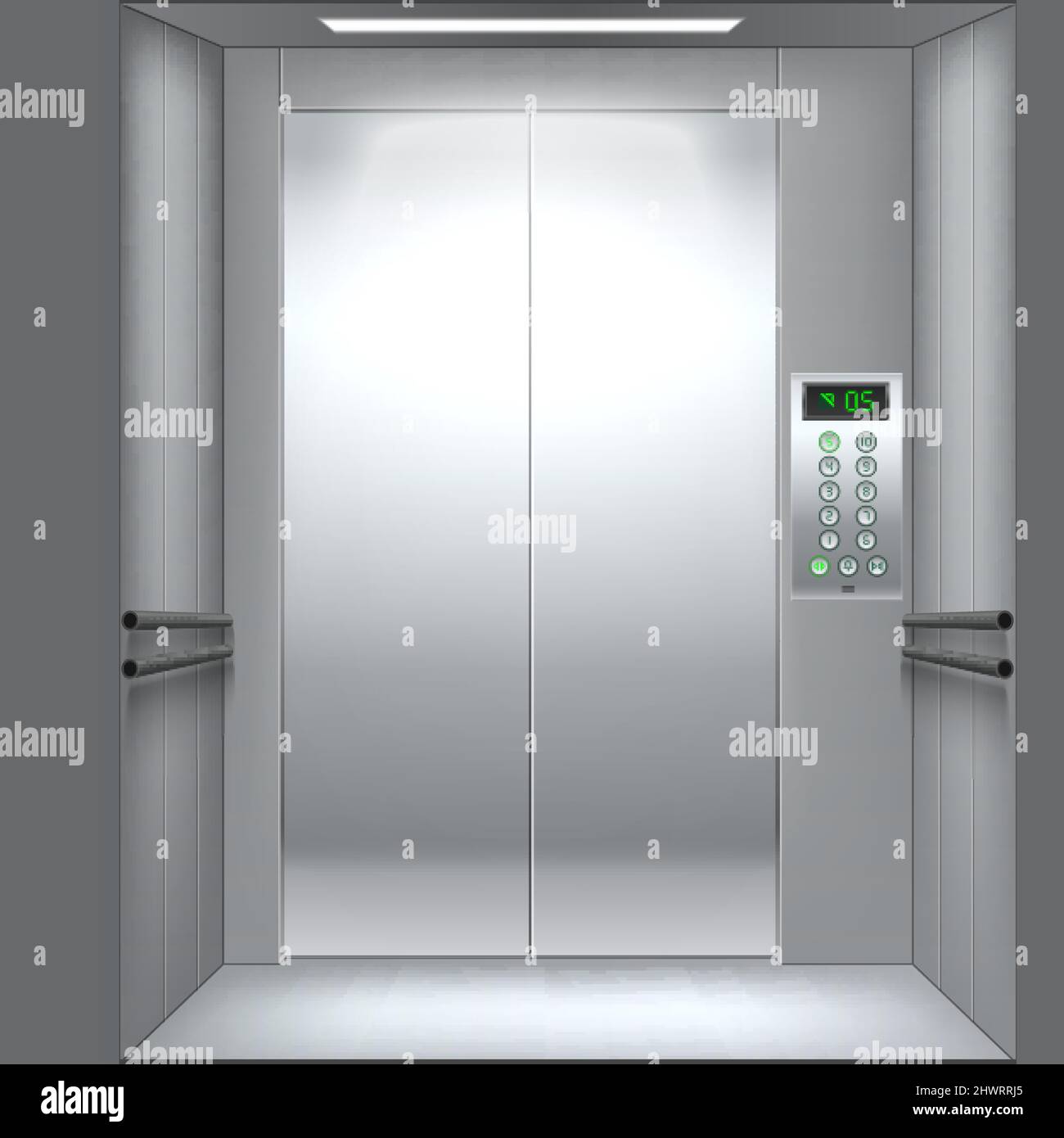Contrast Disabled Platform Lifts Prices UK: Affordable Options for Every Demand
Delving Into the Globe of Lifts: Typical Issues Encountered by Various Lift Mechanisms
As we navigate through the vertical transportation systems of contemporary structures, elevators stand out as a vital part of our daily lives. From hydraulic lifts to grip systems and machine-room-less styles, each lift type comes with its set of usual concerns.
Hydraulic Lifts
Hydraulic lifts, usually liked for low-rise structures, utilize fluid pressure to manage the activity of the elevator auto (lift repair companies). This system includes a hydraulic pump pressing oil into a cylinder, causing the lift to relocate the desired instructions. While hydraulic lifts are recognized for their smooth and quiet procedure, they do include their own collection of typical issues
One prevalent trouble with hydraulic lifts is oil leak. The seals in the hydraulic system can break gradually, causing oil seepage. This not just creates a mess but can additionally influence the elevator's performance if left unaddressed. In addition, concerns with the control system, such as malfunctioning valves or a malfunctioning pump, can cause disruptions in the elevator's motion.
Normal upkeep and prompt fixings are vital to make certain the smooth functioning of hydraulic elevators. By attending to these usual concerns proactively, building owners can decrease downtime and make sure the safety and efficiency of their vertical transportation system.
Traction Elevators
When thinking about vertical transport systems in buildings, another typical type in addition to hydraulic elevators is the traction elevator. Traction lifts run making use of a system of ropes and counterweights that relocate the elevator vehicle by clutching onto the hoist ropes. This device permits for smoother and much faster vertical transport compared to hydraulic systems.
Among the common problems faced by traction elevators is rope wear. The constant activity of the ropes within the grip system can cause tear and put on with time, possibly triggering the elevator to breakdown or become dangerous for use. Regular assessments and maintenance of the ropes are important to guarantee the elevator's correct performance and safety.
One more problem that traction lifts may run into is associated with the control system. Problems with the control system can result in issues such as erratic activity, hold-ups in response times, or even complete shutdowns. Regular testing and maintenance of the control system are essential to prevent such problems and make sure the lift's integrity.
Machine-Room-Less (MRL) Elevators

Among the vital components of MRL elevators is the portable gearless traction equipment that is set up within the hoistway. This maker effectively drives the elevator vehicle without the demand for bulky discover this info here equipment located in traditional traction elevators. Additionally, MRL elevators commonly make use of a weight system to stabilize the car, more boosting their energy effectiveness.
In spite of their advantages, MRL lifts might deal with challenges connected to upkeep and repair service as a result of the confined room for devices setup. Availability for servicing elements within the shaft can be limited, requiring specialized training for professionals. Appropriate maintenance routines and normal assessments are critical to make certain the continued smooth procedure of MRL elevators.
Overloading and Weight Restriction Issues
Are lifts outfitted to deal with excess weight tons effectively and safely? Straining and weight limit issues are important issues in lift operations. Lift manufacturers layout raises with details weight capabilities to guarantee passenger safety and security and tools longevity. Surpassing these weight restrictions can result in numerous problems, consisting of mechanical failures, hold-ups, and safety risks.
When lifts are strained, it puts extreme pressure on the electric motor, cables, and other components, possibly causing break downs or breakdowns. If they identify excess weight, safety systems such as sensors and overload sensors are in area to protect against elevators from relocating. Furthermore, surpassing weight restrictions can lead to boosted energy usage and wear and tear on the elevator system.
To reduce overwhelming problems, developing managers must prominently display weight limitations in elevators and educate occupants on the significance of sticking to these restrictions - lift repair companies. Routine upkeep checks by qualified service technicians can likewise help ensure that lifts are operating within secure weight criteria. By attending to overloading and weight limitation problems proactively, structure owners can improve lift safety and security and we maintain lifts performance
Electric System Failings
Going beyond weight limitations in lifts can not only lead to mechanical issues but also potentially contribute to electric system failures within the lift infrastructure. Electric system failures are a crucial problem in lift operation, as they can cause unforeseen closures, breakdowns, or even safety threats.
Normal upkeep and examinations are important to determine and deal with potential electrical concerns immediately, making certain the effective and risk-free procedure of elevator systems. By adhering to weight restrictions and performing routine electric system checks, structure owners can minimize the danger of electric failures in elevators.
Final Thought

Hydraulic elevators, commonly chosen for low-rise structures, utilize fluid stress to regulate the activity of the elevator vehicle.When considering upright transportation systems in structures, another common kind apart from hydraulic elevators is the traction lift. Grip elevators run making use of a system of ropes and counterweights that move the elevator car by grasping onto the hoist ropes. Unlike typical lifts that need a separate machine room to house the tools, MRL lifts integrate many of the elements within the shaft, getting rid of the need for a specialized machine area.In verdict, elevators encounter usual concerns such as hydraulic malfunctions, grip system failures, and electric system issues.